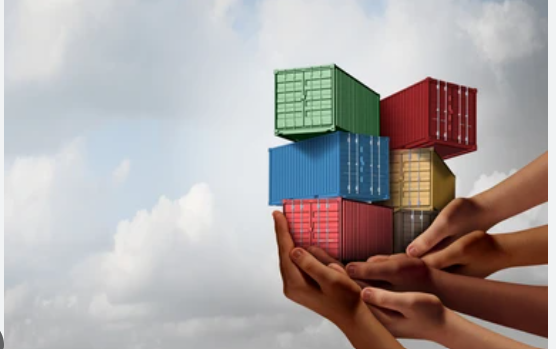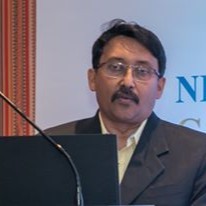
EFTA India Agreement- What’s there for Maritime?
By Mr. Rajesh Menon, Associate Director at GOI / Visiting Faculty /Executive Coach
An interesting development with significance to the maritime sector in India is the recent comprehensive Trade and Economic Partnership Agreement (TEPA) signed between Iceland, Liechtenstein, Norway, Switzerland – and India on 10th March 2024. This agreement has attracted media coverage in many countries. Known as EFTA -India agreement, this covers, Trade in Goods, Remedies, Trade Services, Investment Promotion and Cooperation, Intellectual Property, Government Procurement, Competition, Trade and Sustainable Development, and Dispute Settlement among others with a focus on Sustainable development. Good governance and corporate social responsibility
The above European nations export to India, industrial components, and agricultural products, while India exports to these countries predominantly fish and marine products. The agreement ensures that there will be NO CUSTOM duty on any of these trades. Also, it gives impetus to providing trade access to products without affecting the domestic interests of both parties. A significant aspect is the facility of Bilateral cumulation and usage of EUR -1 certification.
Cumulation in trade is a deviation made through the agreement that goods must be entirely produced in the exporting country. The traders in the importing country can import unfinished goods and it is treated as original from the importer country. Bilateral cumulation means when there is a trade agreement between two parties /countries each member of the agreement can use products originating in the other without the final good losing its originating status. This means Goods produced in the exporting country and further processed by the importing country, can then be exported back to the first country under a preferential treatment. For example, these European countries can import Indian textiles, and value add with design and stitching and treat them in their country as original products. How does this help the importers there? It allows the importers duty-free raw materials ”as sourced from their own country”. Hence traders will prefer those suppliers from the originating country. This is expected to give impetus to trade from India and larger market access to Indian textiles for example.
A EUR 1 certificate is used to prove the origin of goods moving into these European nations from India which is a certificate of preferential origin that allows goods to benefit from reduced or nil duties when they are imported from India. These certificates must be issued by the customs authorities of the exporting country and shall be presented at the time of customs clearance. Through these certifications, Indian exporters can supply their goods and products without duty
The agreement also facilitates Trade in Services which include Financial Services, Telecommunication Services, Maritime Personnel, Recognition of Professional Qualifications, and Movement of Natural Persons. The services are thought to help Indian Professionals, particularly maritime personnel in employment opportunities in these countries besides market assess
On the Investment promotion side, we should understand that India has received about $10 billion in foreign direct investments (FDI) from Switzerland between April 2000 and December 2023. It is the 12th largest investor in India. The FDI inflow was $721.52 million from Norway, $29.26 million from Iceland, and $105.22 million from Liechtenstein during the period. A provision mentions that there will be efforts to create a 100 billion FDI investment in India from these countries. However private investments can’t be forced by governments but can only be encouraged
While many provisions are additionally included what is significant to the Maritime trade is market access, investment opportunities, and employment potential in the sector. Opportunities for Maritime professionals and implementation of our maritime safety commitments may follow through.
Well, any agreement needs to be seen on how it is effective, and value additions can be measured only over some time. However, considering that such a deal has been under negotiation for a long time makes it a watershed movement. For the maritime sector, it means more vessel movement to and from between these countries and India, along with its cascading effect. Let us wait and see.
Author :

Mr. RAJESH MENON, Associate Director at Government of India / Visiting Faculty /Executive Coach

